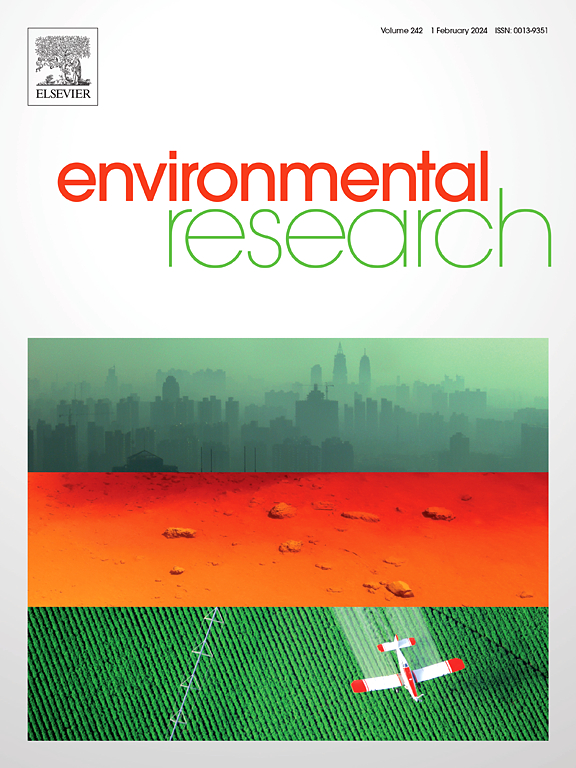Beyond visits: Investigating the restorative pathways and cumulative effects of park engagement and sustained exposure on psychological well-being with park type as a moderator
IF 7.7
2区 环境科学与生态学
Q1 ENVIRONMENTAL SCIENCES
引用次数: 0
Abstract
Urban green spaces have increasingly been recognized for their role in promoting residents' health and well-being. This study explores how visitors' park usage and perceptions of park restorativeness influence restorative experiences and the potential cumulative health benefits of sustained exposure. It integrates both single and sustained exposure through structural equation modeling (SEM) to examine the complex relationships between park engagement, perceived restorativeness, restoration outcomes, and psychological health and well-being (PWB). The study was conducted across four park types—comprehensive, community, specialized, and pocket parks—within the main urban area of Nanjing, with a sample size of 1562. The results indicate that park engagement has a significant total effect (β = 0.332) on PWB, while perceived restorativeness contributes a smaller but meaningful total effect (β = 0.134). The mediating effects of restoration experience and sustained exposure were also significant. Furthermore, multi-group analysis (MGA) revealed the significant moderating effect of park type. In comparison to other park types, comprehensive parks had the strongest influence of perceived restorativeness on PWB, while specialized parks showed a stronger effect of park engagement on health outcomes. This study uncovers the potential mechanisms through which urban green spaces influence PWB, highlights the varying roles that different park types play in promoting mental health outcomes, and offers insights for green space planning and design aimed at enhancing public well-being, while providing empirical evidence to guide visitors' park engagement.
游览之外:以公园类型为调节因素,调查公园参与和持续接触对心理健康的恢复途径和累积效应
城市绿地在促进居民健康和福祉方面的作用日益得到认可。本研究探讨游客对公园的使用和对公园恢复性的认知如何影响恢复性体验和持续暴露的潜在累积健康益处。该研究通过结构方程模型(SEM)整合了单次和持续暴露,以研究公园参与、感知恢复性、修复结果和心理健康和福祉(PWB)之间的复杂关系。本研究在南京主城区的综合公园、社区公园、专业公园和袖珍公园四种公园类型中进行,样本量为1562人。结果表明,公园参与对PWB有显著的总影响(β = 0.332),而感知恢复性对PWB的总影响较小(β = 0.134)。恢复经历和持续暴露的中介作用也显著。此外,多组分析(MGA)表明,公园类型具有显著的调节作用。与其他公园类型相比,综合公园对PWB的知觉恢复性影响最大,而专业公园对健康结果的影响更大。本研究揭示了城市绿地影响心理健康的潜在机制,强调了不同公园类型在促进心理健康结果中的不同作用,为旨在提高公众幸福感的绿地规划和设计提供了见解,同时为引导游客的公园参与提供了经验证据。
本文章由计算机程序翻译,如有差异,请以英文原文为准。
求助全文
约1分钟内获得全文
求助全文
来源期刊

Environmental Research
环境科学-公共卫生、环境卫生与职业卫生
CiteScore
12.60
自引率
8.40%
发文量
2480
审稿时长
4.7 months
期刊介绍:
The Environmental Research journal presents a broad range of interdisciplinary research, focused on addressing worldwide environmental concerns and featuring innovative findings. Our publication strives to explore relevant anthropogenic issues across various environmental sectors, showcasing practical applications in real-life settings.
 求助内容:
求助内容: 应助结果提醒方式:
应助结果提醒方式:


